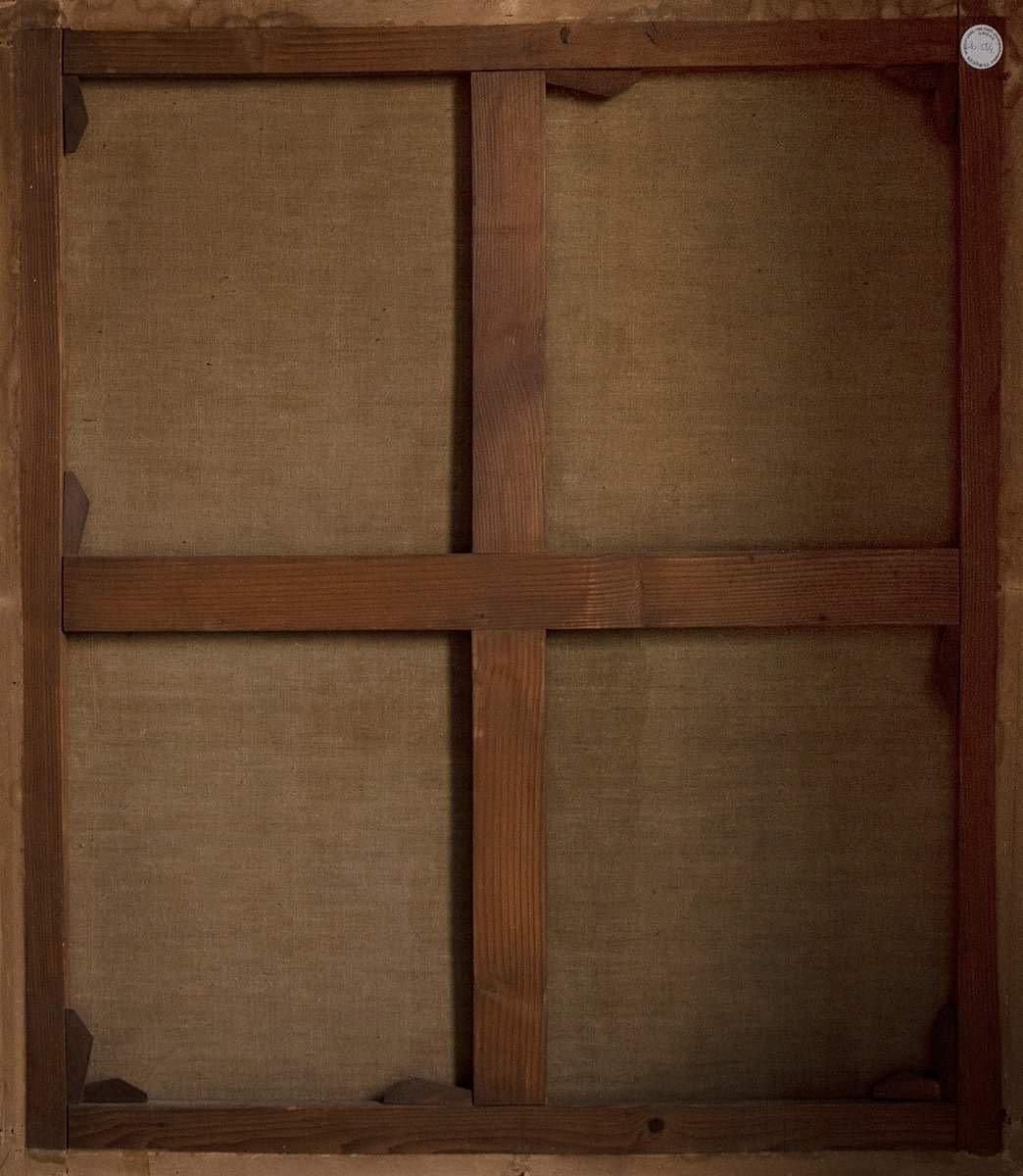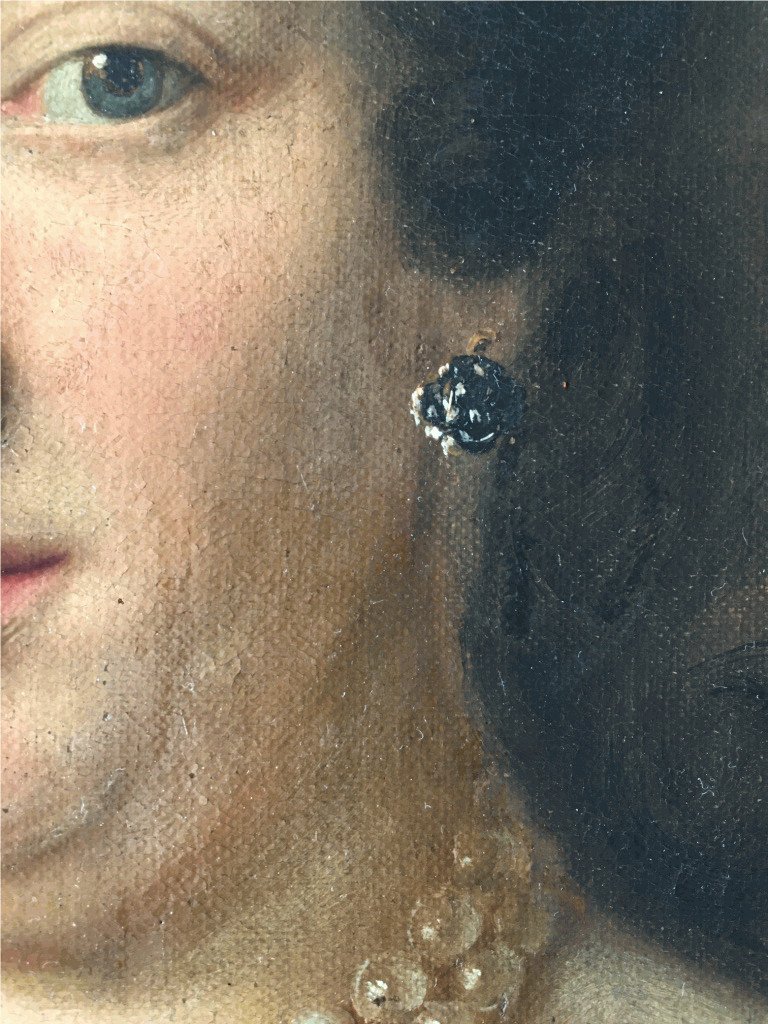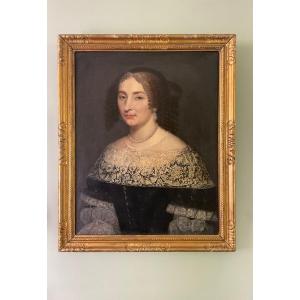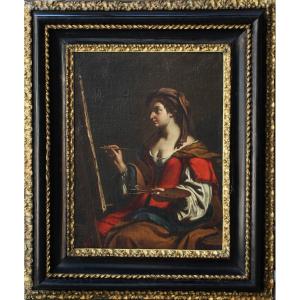Jacob Ferdinand Voet is a Dutch painter, renowned for his portraits and miniatures. He is the son of the Antwerp-born painter Elias Voet (d.1639), with whom he probably did his apprenticeship.
In 1663, we find him in Rome, where he integrated the Bentvueghels, a group composed mainly of artists from the Netherlands. Voet shared his home with the painter and engraver Cornelis Bloemaert, with whom he became friends. At this time, he was notably employed by Prince Wilhelm von Fürstenberg, to copy Italian and French works.
In 1678, he was expelled from Rome by Pope Innocent XI, who considered his portraits of women with low necklines to be indecent. He then travelled around Italy, from Milan to Turin, before settling in Lyon in 1684. There, he met the painters Adriaen van der Kabel, Peter van Bloemen and Gilis Wenix, with whom he moved to Paris. After a brief return to Antwerp, Jacob Ferdinand Vouet finally settled in the French capital in 1686, where he became court painter to King Louis XIV.
He was then in greatdemand as a portraitist, and had to honor numerous commissions from prominent members of the French and foreign aristocracy. Among his most famous patrons, were the sisters Hortense and Marie Mancini, the well-known nieces of Cardinal Mazarin, whose portraits he painted full of grace and elegance.
Our portrait was most certainly painted between the mid-1670s and the 1680s, when Voet was at the height of his fame. The feigned oval, the colours and the drapery, are indeed all typical of this period.
Our model wears a dark-coloured dress decorated with foliage motifs. A lace collar accentuates the neckline of the dress, emphasising the diaphanous complexion of her neck and chest. A piece of fabric in delicate shades of pink encircles the sitter’s arms. She is wearing a double-stranded pearl necklace, embellished with a flower-shaped gemstone pendant, which seems to match her drop earrings. The delicate outline of the lips and the blue hue of her irises, give a certain softness to her face. The curls of hair that stand out on her forehead, cascading over her shoulder, as well as the gesture of her right hand, add grace and delicacy to the composition.
We are grateful to Professor Francesco Petrucci for confirming the attribution of this painting on photography.
























 Le Magazine de PROANTIC
Le Magazine de PROANTIC TRÉSORS Magazine
TRÉSORS Magazine Rivista Artiquariato
Rivista Artiquariato